Everywhere I go I extend greetings from my church, family and friends. There is always an enthusiastic response saying that I should convey greetings back to you. Greetings!
This week I have been teaching Nivaclé indigenous people here in the Chaco of Paraguay. From 11 congregations and 30 outposts about 150 pastors and church workers came by stock truck, motorcycle and bus for a four-day workshop on what it means to be a Christian from a Mennonite/Anabaptist perspective. How did I ever get this opportunity? Mennonite World Conference sent a letter to its member conferences telling about the booklet, “What is an Anabaptist Christian?” and these Indian people were among the first to respond with an invitation to teach. What an interesting experience this has been!
In the sessions, I used a PowerPoint, graphics and demonstrations to teach a lesson and then had the students meet in groups of three to discuss it in their own language and context and then come to the mic to share their insights. There was no hesitation!
“What should I do when one person talks too long or too often?” I asked the Nivaclé leader. “We never cut them off,” he said. “And if you have time for only two speakers before meal time and five want to speak, you let all five speak!” (We often went an hour overtime.)
The Nivaclé people love to sing! Each evening after seven hours of study and interaction, individuals and small groups signed up to sing to and for each other until after midnight. The host church of about 130 has a men’s chorus, ladies’ chorus and full choir that each sing two or three numbers each Sunday—often the same numbers.
The Nivaclé people involve each other. Every male member gets a turn to preach! The unpaid pastor calls the meetings to order and manages the process. There is a sermon and singing nearly every evening. The women meet Monday nights, youth meet on Tuesdays and Thursdays, everyone gathers on Wednesday night and children meet on Saturdays. Every night has lots of singing—mostly hymns.
When the workshop ended, all 150 gathered around James Hunt, the translator, and me to pray for us and to express appreciation for what they had learned. In three months they will meet again to process what we introduced in these sessions. “What is an Anabaptist Christian?” has been translated into their native language.
Today I had opportunity to teach at the Mennonite Biblical Institute for Indigenous Peoples. Thirty-three families from ten tribes have gathered as a village to interact and study together. It was inspiring to see the dedication of the staff and students.
It has been a privilege to learn more about Paraguay. This country has been through rough times. The early Spaniards came to take what they could. Between1864 and 1870, they were at war with Bolivia, Brazil and Argentina. 60 to 70 percent of its people died through war and disease.
The 15,000 Mennonites who came from Russia, Canada and Mexico also had very rough times. One third of the first immigrants died. After examining the thick, thorny brush that they had to clear for farming, I think I also would have died if I would have had to clear a field in 42 C weather and then have a crop failure because of drought!
Today there is a mix of wealthy Mennonites who employ many Nivaclé. While the Mennonites have done much to help the Nivaclé, there is sometimes despair in reconciling the thinking of the collective Nivaclé who are “gatherers” with the individualistic values of the Mennonites who hold things tightly and thereby become rich.
Thank you for your prayers! On Saturday, Ardys is coming to join me for ten days! We will spend time in Asuncion, enjoy Iguazu Falls together, lead a workshop for Buenos Aires congregations and enjoy the city of Buenos Aires.
This is the midpoint in this nine-week tour of ministry. Ministries in Bolivia, Brazil and Paraguay have gone well. Pray for God's guidance and Spirit for the workshops, messages and other ministries that lie ahead in Argentina, Chile and Uruguay.
As a resource worker with Mennonite Church Canada, Palmer is spending ten weeks speaking and teaching in Mennonite settings in South America. As he visits Bolivia, Brazil, Argentina, Uruguay, Paraguay and Chile, his presentations are focusing on Anabaptist perspectives for Christian theology. Palmer sent this post in February 2015.

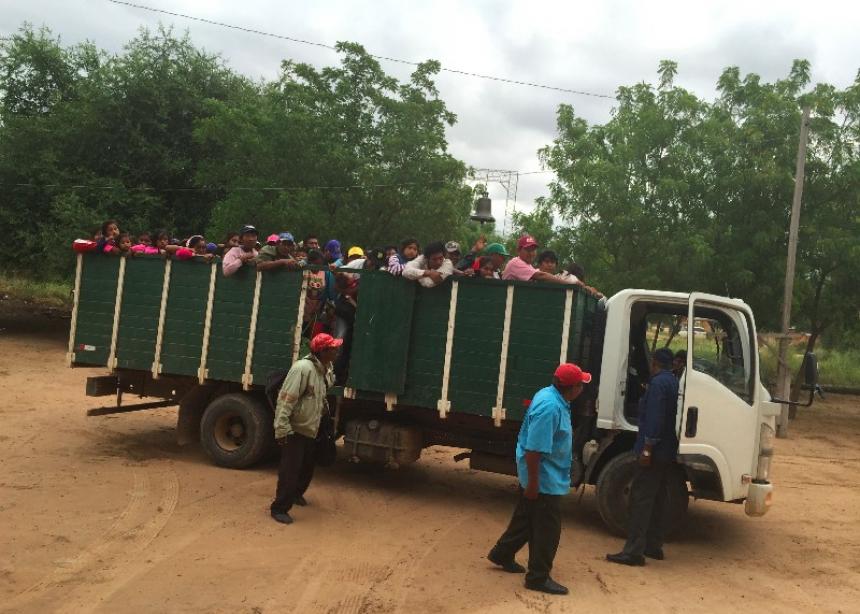

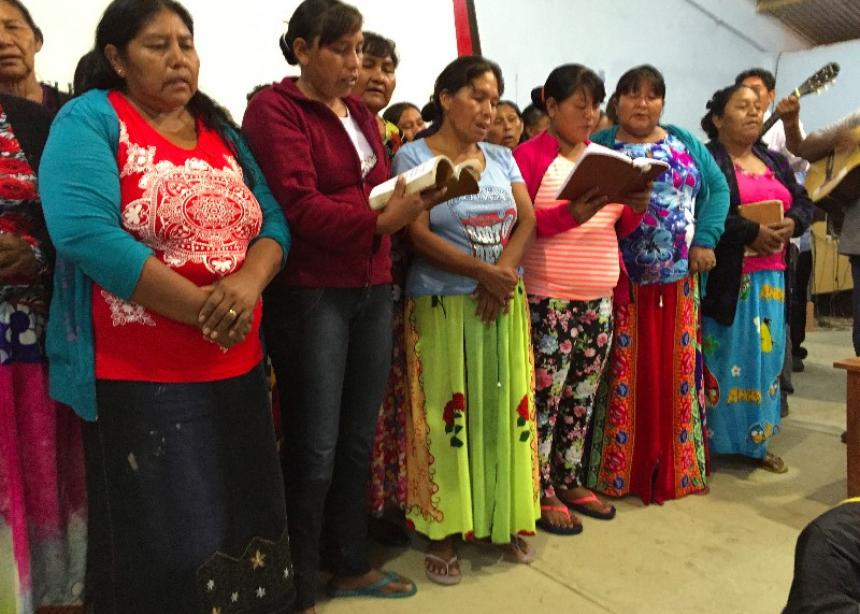
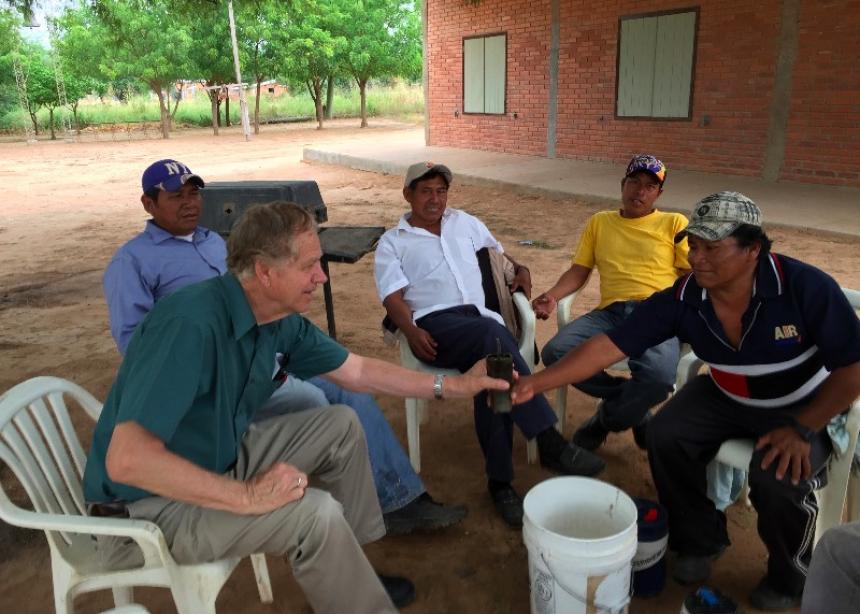


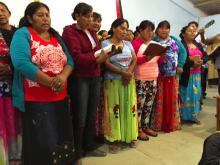
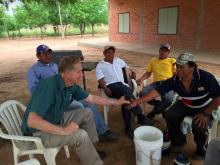
Add new comment
Canadian Mennonite invites comments and encourages constructive discussion about our content. Actual full names (first and last) are required. Comments are moderated and may be edited. They will not appear online until approved and will be posted during business hours. Some comments may be reproduced in print.